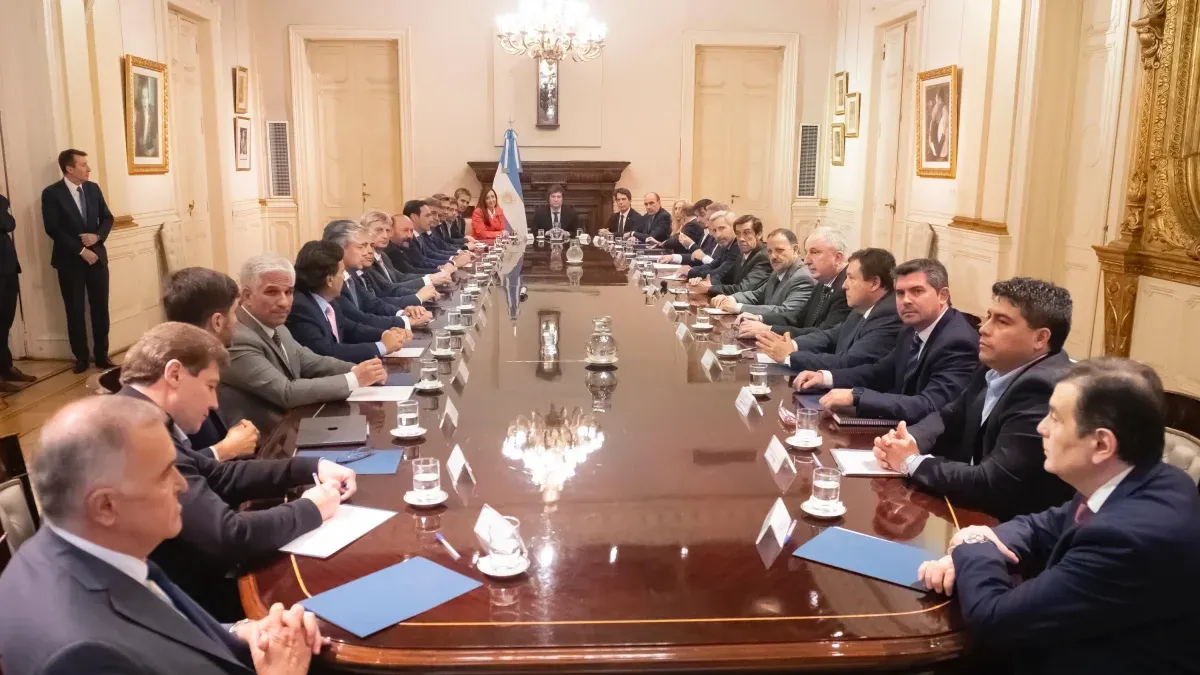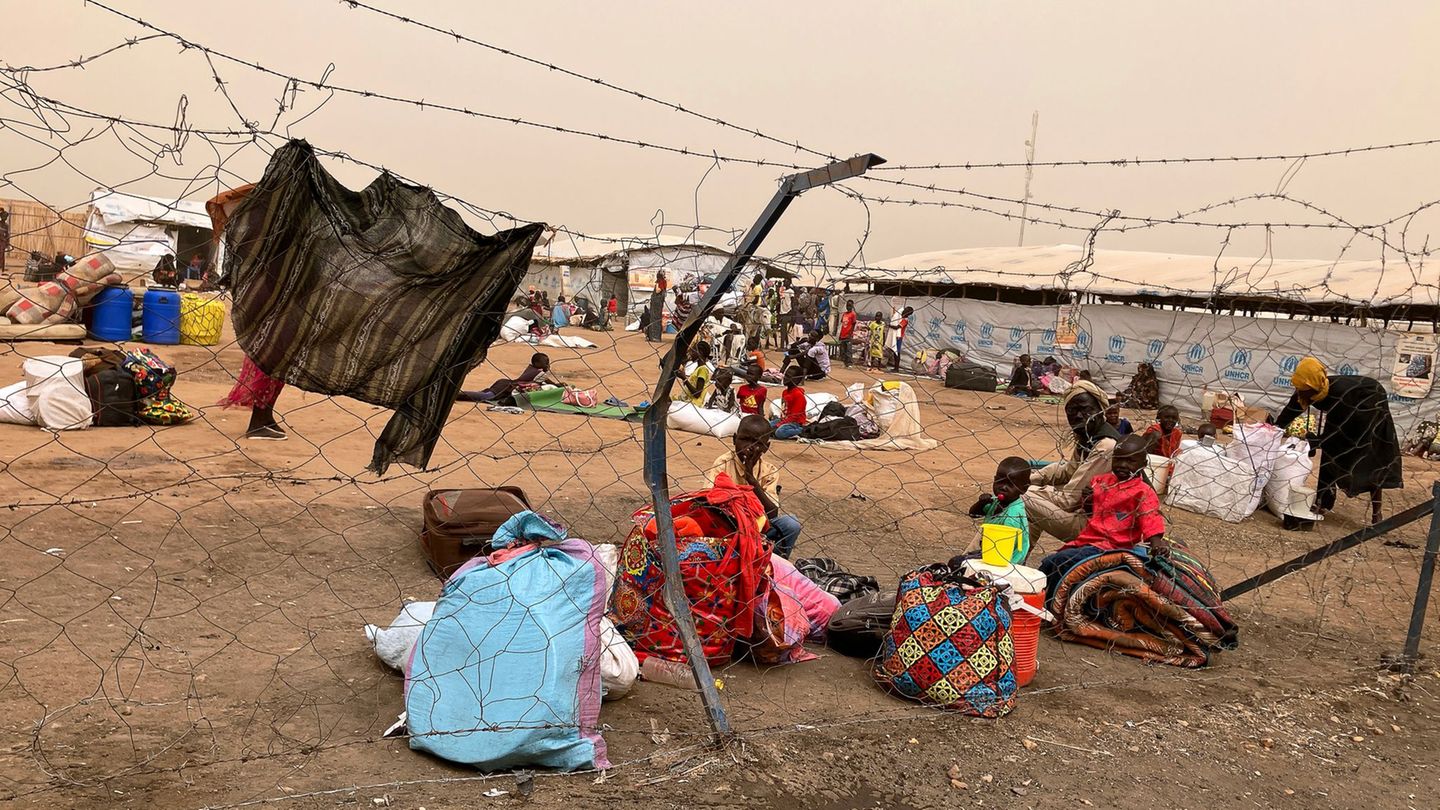In December 2023, the provinces They received $325,299 million, which implies a nominal year-on-year increase of 256.6% and a real increase of 15%. This is reflected in the latest report of the IARAF (Argentine Institute of Fiscal Analysis).
The jurisdictions that had the highest real year-on-year growth were Mendoza (219.7%), Tierra del Fuego (196.3%) and Catamarca (160.5%). At the other extreme are Tucumán (-15.9%), Misiones (-52.4%) and CABA (-64.2%).
In 2023, the provinces received $1,883,072 million, which implies a nominal increase of 149.1% and a real drop of 0.5%. In % of GDP the total is equivalent to 1%.
transfers.png
Co-participation: the most benefited provinces
The jurisdictions that had the highest real year-on-year growth in 2023 were Jujuy (49.2%), San Luis (47.0%) and La Pampa (44.3%). At the other extreme are Tucumán (-19.5%), Córdoba (-22.0%) and CABA (-28.2%).
Considering andl distribution of resources in 2023, Buenos Aires was the jurisdiction that increased its participation the most (2.4 percentage points), followed by Salta (0.7 pp) and Mendoza (0.5 pp). At the other extreme are La Rioja (-0.9 pp), Tucumán (-0.9 pp) and CABA (-3.0 pp).
The debate with the provinces
Inside of the fiscal adjustment To reach fiscal balance in 2024, the non-automatic transfers to provinces jplay an important role. The importance is much greater when the relationship is made on the contribution that the expense is expected to make within the adjustment. After 2023, the amount of resources under discussion is 1% of GDP. That is, the 20% of the total adjustment of 5% of GDP.
The political discussion puts these resources within the negotiation. Buenos Aires remained in 2023 with 43.8% of the total TNA, CABA with 7.9%, Santa Fe with 4.4%, Chaco with 3.7%, Córdoba with 3.3%, La Rioja with 3.8%. Each province aspires to maintain the real value of the 2023 transfers during 2024. Given the drop in economic activity in 2024, a real drop in non-automatic transfers would even allow them to maintain their relative importance within the GDP.
With the decision of the government of extend last year’s budgetthe Inflation liquefied provincial funds. In that sense, many of the governors requested a new “co-participation” law to improve distribution.
“Each province aspires to maintain the real value of 2023 transfers during 2024. Given the drop that economic activity will have in 2024, a real drop in non-automatic transfers would even allow maintain relative importance within GDP“said Nadin Argañaraz, the author of the report.
Source: Ambito




